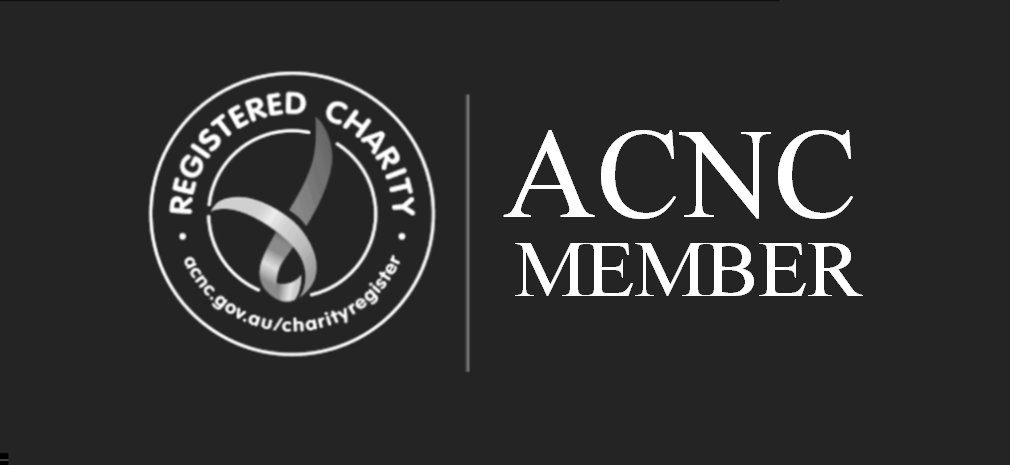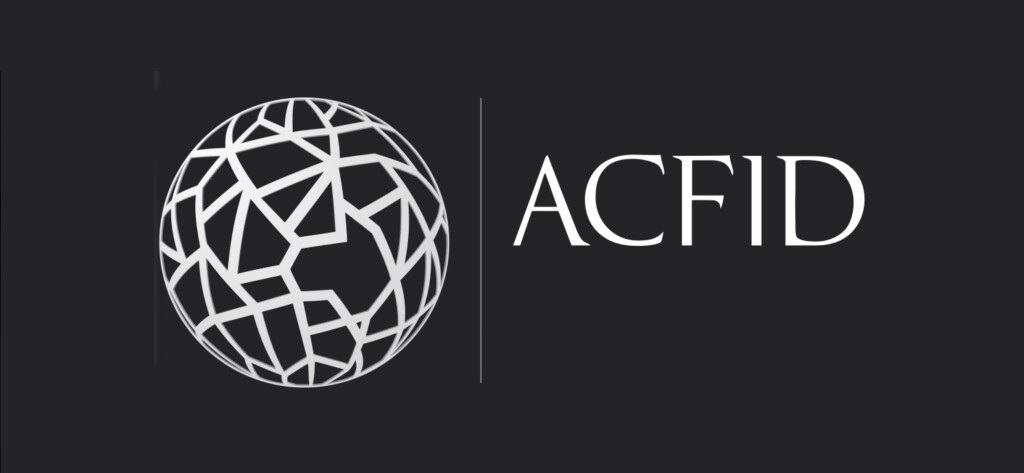Verifier
A documented assessment process that includes:
- Alignment with Members’ values and objectives.
- Governance and legal registration.
- Financial systems.
- Reference checks of partners against prohibited entities listings.
- Capacity assessment for implementation of key safeguarding and risk policies (e.g. child protection and prevention of sexual exploitation, abuse and harassment).
Guidance
Undertaking due diligence and capacity assessments is a mechanism that enables Members to identify potential strengths and risks and inform their approach to working with partners. Some organisations may choose to combine due diligence and capacity assessment in one tool, or tackle these as separate processes. Due diligence would normally be undertaken prior to initiating an agreement with a partner, whereas an assessment of capacity can be undertaken at different stages of a partnership – including prior to an agreement, during project delivery, or if changes to the partnership occur. The findings of these assessments should guide a Member’s approach to working with its partners, identify any areas of strength and risk and include the development of a capacity-strengthening plan that is jointly agreed with its partners.
Child protection and the prevention of sexual exploitation, abuse and harassment is a critical area of assessment to ensure our partners ‘do no harm’ either intentionally or unintentionally, and therefore should be explicitly included in any due diligence and capacity assessment tool.
You may also wish to download and read ACFID’s guide to developing and managing partnerships for some of the key considerations in identifying and working with partners, as well as ACFID’s partnership agreement template which provides an example of an MOU or other agreement that you could customise and use as appropriate to the partners that your organisation works with.



